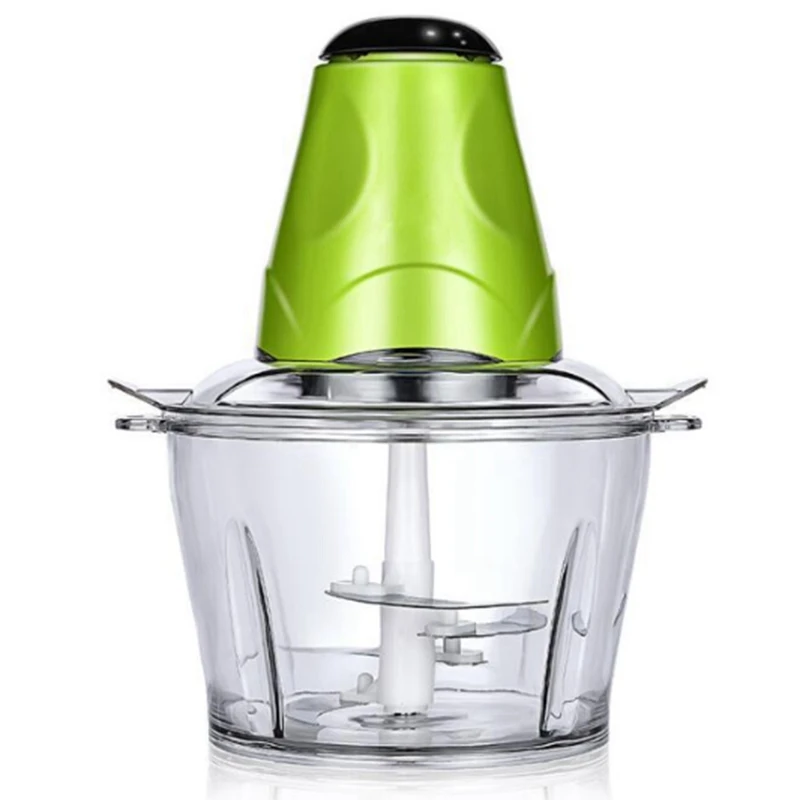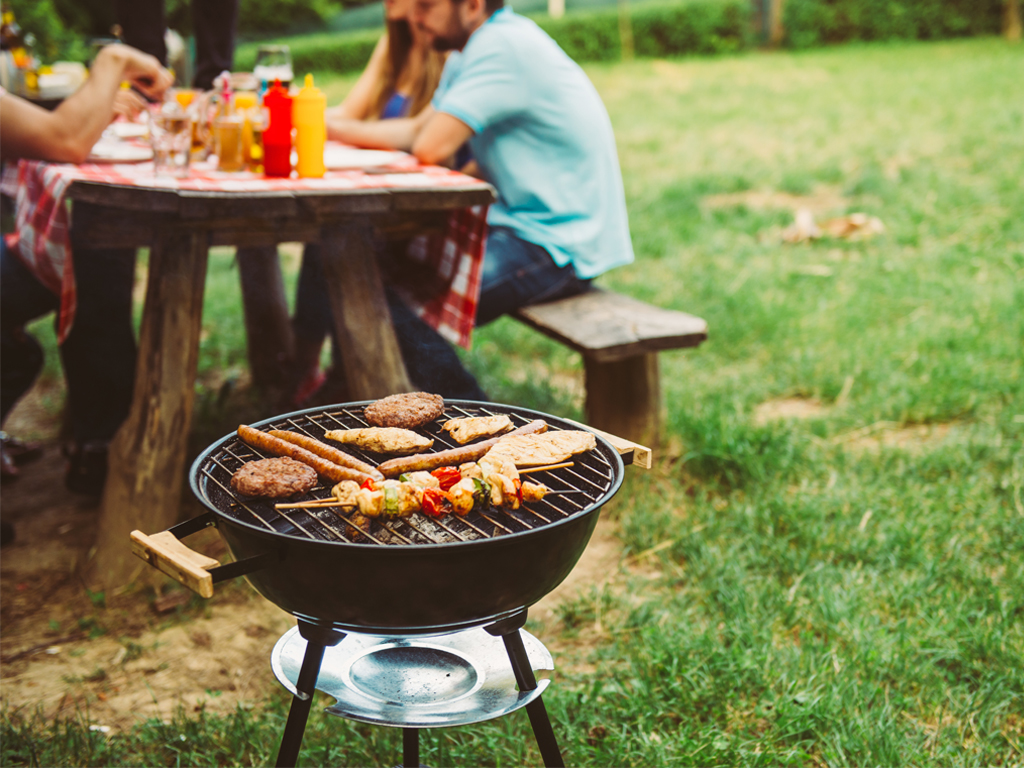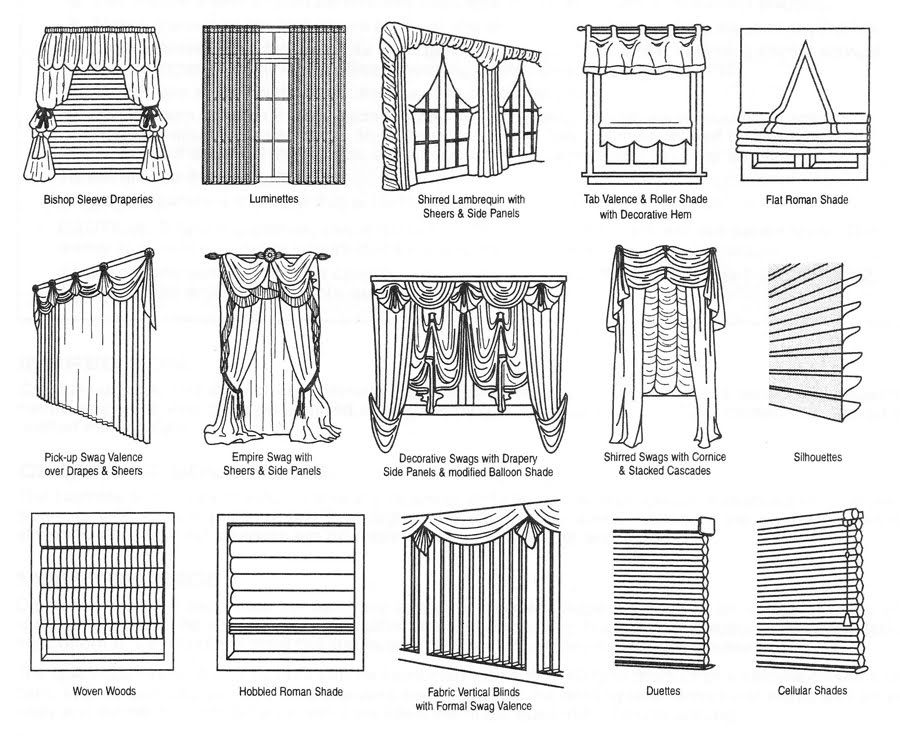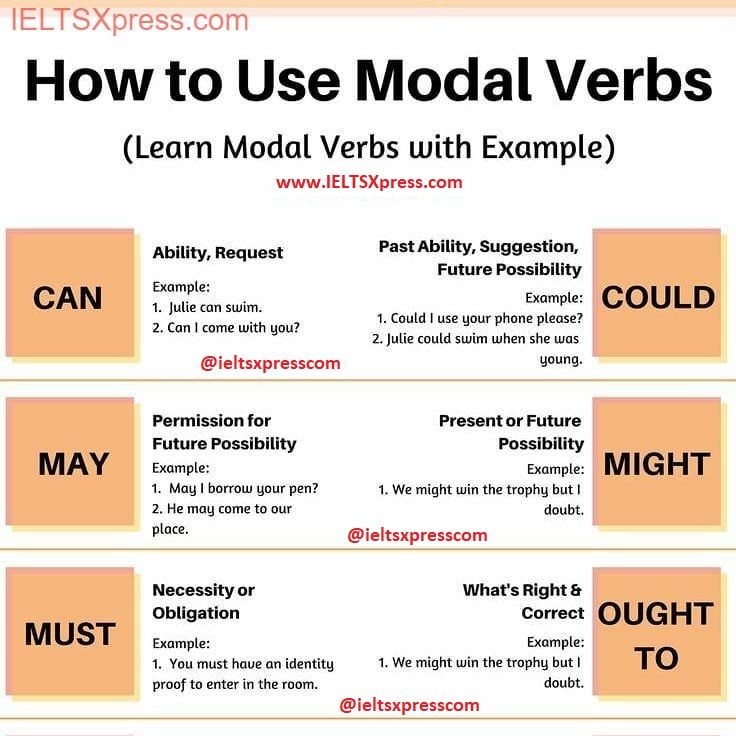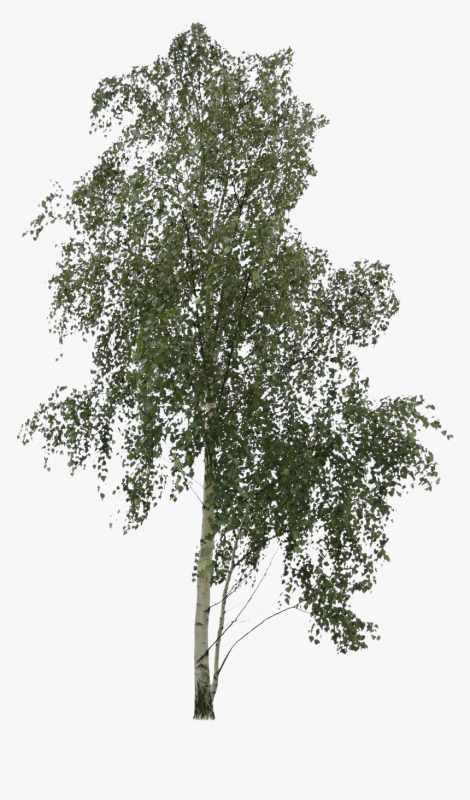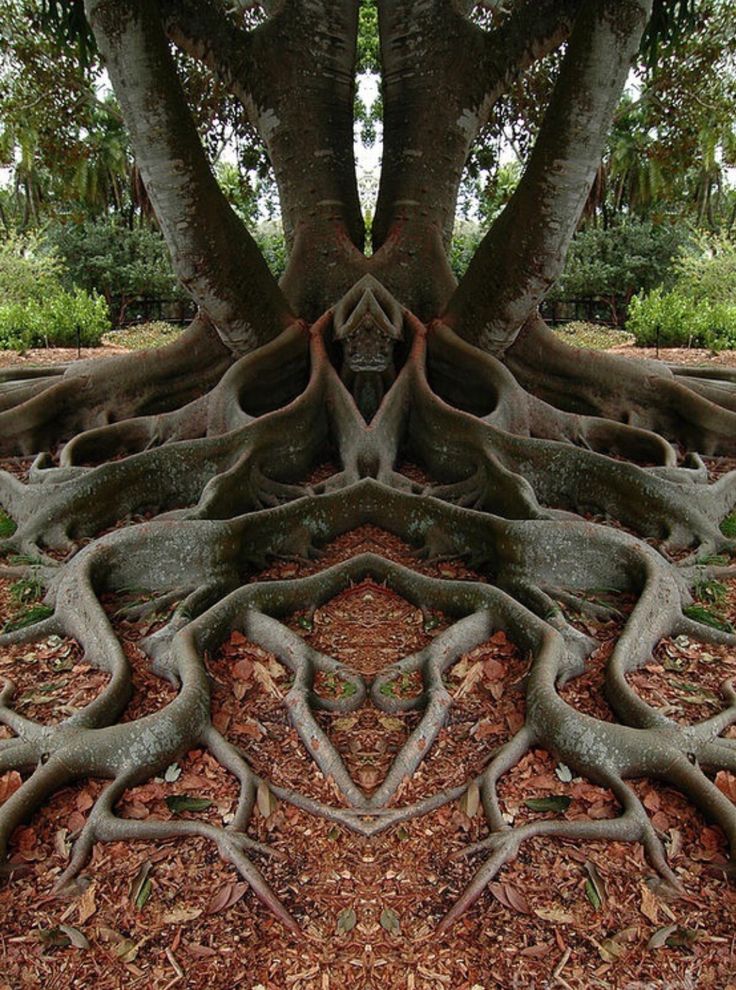Plant containers ideas
24 Stunning Container Garden Planting Ideas
24 designer plant lists for beautiful container garden plantings & colorful mixed flower pots combinations. You will love these great patio design & backyard landscape ideas!
One of the most universally loved garden features is the container garden. Who does not love a planter overflowing with colorful flowers, happiness and exuberance?
I was gathering some beautiful container flower pot ideas, and just could not stop! I am going to share with you a plant list for each one of these gorgeous container plantings!
The best part is: we can recreate each of these stunning mixed flower pot designs. Get ready for some botanical Latin and let’s decode these magical container garden recipes!
This is part 1of our container garden series, which focuses on plantings for sunny locations. Here is part 2: some amazing shade garden planters with plant lists!
* Some resources in article are affiliate links. Full disclosure here .
1. Container garden planting design secrets.
There is a magic formula in almost all these beautiful container gardens and flower pot designs: Thriller + Filler + Spiller.
The ” thriller” is usually a big focal point plant in the center. The “fillers” are secondary plants that make the planting look full and vibrant. The “spillers” are plants that offer added dimension and interest by spilling over the containers.
Plant list 1: Canna ‘Australia’, Canna ‘Tropicanna Gold’, Infinity Orange New Guinea Impatiens, ‘Hot Shot’ Orange portulaca, Begonia boliviensis, ‘Orange Marmalade’ Crossandra, Sweet Caroline Bronze Sweet Potato Vine. ( Source The Graceful Gardener )
2. Colorful urn container garden ideas
Urns are beautiful planters in a patio garden design. Trailing plants are great for urn plantings.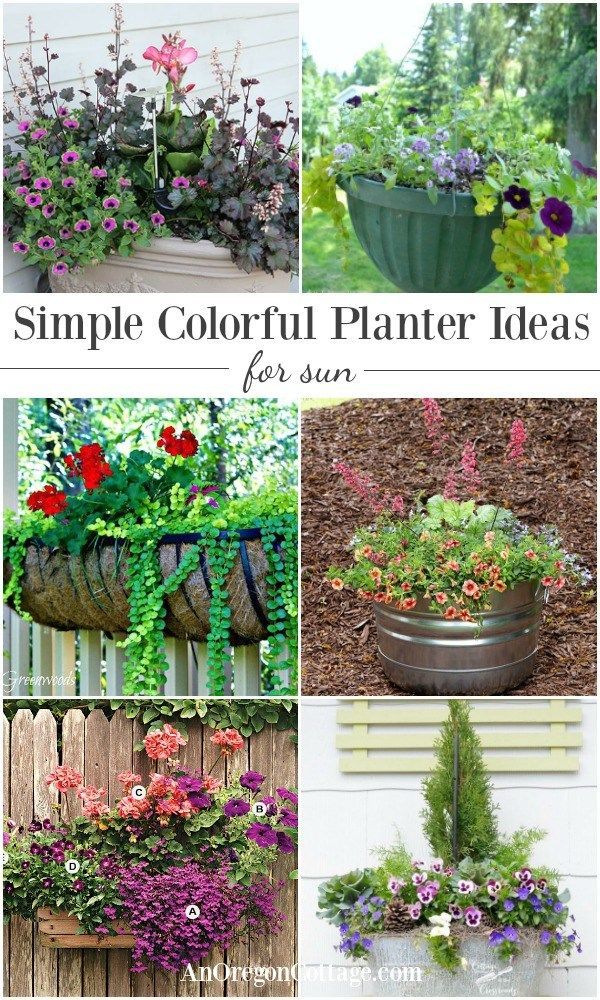
Plant list 2: Dracaena or African Iris (center spike), Pink Geranium, Mixed color Trailing Petunias, green Sweet Potato Vine. (Source: Power Flowers)
3. Vegetable container garden ideas
Many edible plants have gorgeous and colorful foliage, plus delicious tastes! Lots of vegetables are good for container plantings, and looks beautiful mixed with annuals and perennials..
For example, smaller vegetables such as lettuce, radishes, spinach, peas and herbs can thrive in small shallow pots. Bigger plants such as tomatoes, peppers, cucumbers, and root veggies such as carrots, beets and potatoes do well in deeper large pots.
Plant list 3: Red Swiss Chard, Helleborus ‘Sunmarble’, Heuchera, Fern (Source: Le Jardinet )
Here are our favorite 16 easiest vegetables to grow, all of them are great for vegetable container gardens!
4. Beautiful vegetable garden mixed planter
Here are some great examples of how edibles can be mixed with ornamental plants in garden pots. Plants such as artichokes, swiss chards, onions and chives have dramatic foliage that look great in pots.
Plants such as artichokes, swiss chards, onions and chives have dramatic foliage that look great in pots.
Plant list 4: Artichoke, Kale, Light pink Verbena, Dichondra ‘Silver Falls’, White Petunia. (Source: The Impatient Gardner )
You may also love: 15 Stunning hanging baskets with planting list for each!
15 Stunning hanging baskets with planting list for each!5. A trailing plant perfect for tall planter pots
Talking about spilling over, Dichondra is an easy to grow plant that just spills, and spills, and spills…
Plant list 5: Mexican Feather grass, Orange Gazania, Dichondra repens, Dichondra ‘Silver Falls’ ( Source: Park Seed )
6. Mixed succulent container garden ideas
Aged stone planters and terra cotta pots are great for succulents, cacti, and other drought tolerant plants. Make sure to have drainage hole and soil mixed with gravel and sand as these plants do not like excess moisture.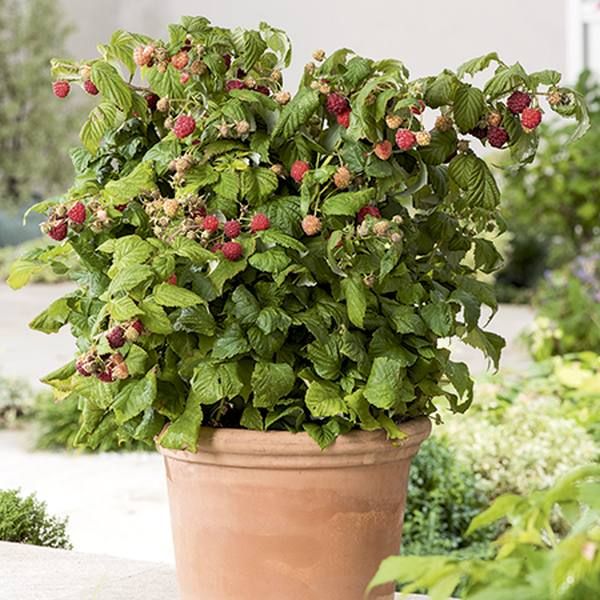
Plant list 6: Succulents- Kalanchoe ‘Fantastic’, Sedum ‘Little Missy’, Echeveria, Dichondra ‘Silver Falls’. ( Source: The Graceful Gardener )
7. Mixed flower pot planting design in shades of yellow
A beautiful container garden does not have to have all the colors of a rainbow. Sometimes variations of one color, such as the yellows or burgundy colors below, can look drop-dead-gorgeous.
Plant list 7: Durango Dahlia, Great Balls of Fire White Ivy Leaf Geranium, Yellow Petunia, Bidens ferulifolia ‘Bidy Gonzales’ ( Source: HGTV )
8. Mixed flower pot plants ideas in showy burgundy colors
Plant list 8: Cordyline fruticosa ( Ti Plant ), Burgundy Petunia. ( Source: Costa Farms )
9. Tropical container garden plants
Bananas, Canna Lilies and Colocasias (Taro plants) are some of the easiest and most dramatic tropical plants to grow.
Plant list 9: Banana, Colues, Hibiscus, Asparagus Fern, Dichondra ‘Silver Falls’, White Verbena, Purple Petunia ( Source: UBD Landscape )
10.
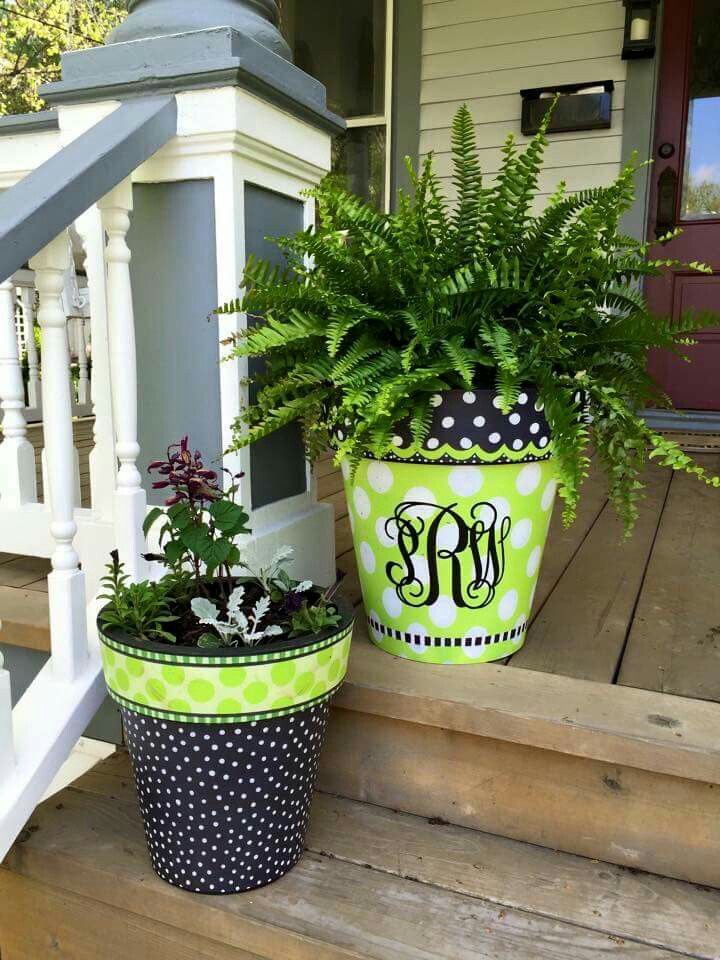 Tropical container patio garden ideas
Tropical container patio garden ideasSome tropical plants grow well in water filled containers, which look great on a patio. These jade green ceramic pots are perfect for lush green tropical plants!
Plant list 10: Canna, Colocasia esculenta, Papyrus. ( Source: Blackgold )
You may also love: Easy DIY solar fountain with pond water plants!
Easy DIY solar fountain with pond water plants!11. Country garden planters and pots
A white Hydrangea bush in a pale blue pot is so simple and elegant. It’s a good idea to use glazed clay pots or plastic pots for larger shrubs that likes moisture in soil, especially if you live in a hot and dry climate.
Plant list 11: Hydrangea “Annabelle” ( Source: Pretty Pink Tulips )
12. Container garden with herbs
Even green herbs can look beautiful in a container garden. Mix different plants with different shades of greens such as deep green rosemary, silver green sage, teal green thyme, and bright green basil and parsley!
Plant list 12: Rosemary, Garlic Chives, Helichrysum petiolare ( Source: Decorah Silver )
Related post: 25 Gorgeous DIY Garden Paths
25 Gorgeous DIY Garden Paths13.
 Mixed foliage planting designs
Mixed foliage planting designsIt is totally possible to create attractive planters without using flowers. This patio garden pot is planted with a beautiful mix of foliage plants!
Plant list 13: Colocasia, Croton, Coleus “Strawberry Drop”, Sweet Potato Vine ( Source: BHG )
14. Beautiful container garden ideas with easy care flowers
Plant list 14: Canna, Dahlia, Salvia, Ipomoea, Zinnia, Osteospermum, Verbena, Petunia, Calibrachoa. ( Source: Power Flowers )
15. Kitchen garden planter ideas
Rosemary makes a great evergreen plant just like classic boxwood in a garden design.
Plant list 15: Rosemary, Lobelia ( Source: Deborah Silver )
16. Water garden / mini pond in tub planter
This easy DIY solar fountain or patio pond with water garden plants is such a delight! And you can make it in one hour!
See DIY solar fountain tutorial here for plant list!
17.
 Colorful garden pot ideas
Colorful garden pot ideasGlazed pots come in so many vibrant colors. Use them creatively to complement your container plantings!
Plant list 17: Hydrangea, Lobelia (Source: Hometalk )
18. Colorful flower pots on porch
Plant list 18: Mixed color Snapdragon, Salvia argentea, pink Petunia, Sedum ( Source: DecoFeelings )
19. Farmhouse patio garden ideas
Hydrangeas, roses, and boxwoods are all timeless farmhouse garden classics.
Plant list 19: Hydrangea, Rose, Boxwood ( Original image source lost. Please let me know if you find it! )
20. Cottage garden flowers in pots
Plant list 20: Pelargonium ( Geraniums) , Petunia, Lobelia. ( Source: Flicker )
21. Flower pots on garden columns
Use a bowl shaped planter on top of a garden wall or column as a design focal point.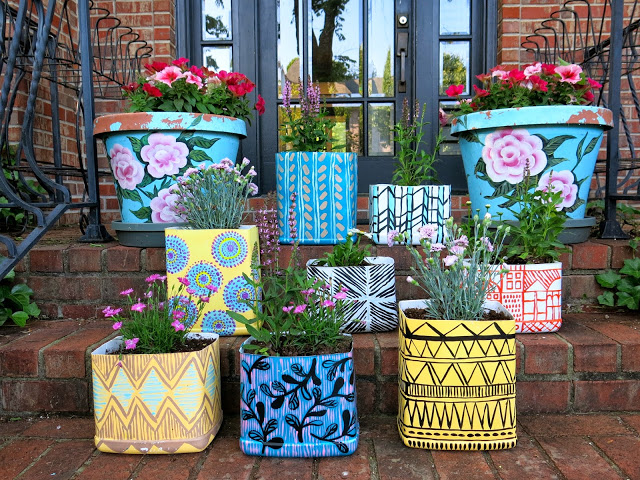
Plant list 21: Red Mandevilla, Pink Calibrachoa, Sweet Potato Vine ( Source: Charlottesville Home )
22. Colorful pink and red flower planters
These hot colors really stand out, perfect for those who love colorful vibrant garden designs. Support taller vines with a trellis and add more dimensions to a mixed pot.
Plant list 22: Red Mandevilla, Orange Calibrachoa, Variegated Pelargonium ( Geraniums) , Pink Petunia. ( Source: Botanical Blitz )
23. Purple and yellow container garden plants
Use shades of lavender, chartreuse and yellow to create a soft and dreamy garden flower pot.
Plant list 23: Fountain Grass, ‘Phloxy Lady Purple Sky’ Phlox, ‘Electric Lime’ Coleus, Petunia, Lysimachia ‘Goldilocks’ ( Source: Fine Gardening )
24. Flower and succulent mixed planter pots
Succulents often have interesting colors and textures, which look beautiful mixed with flower plantings.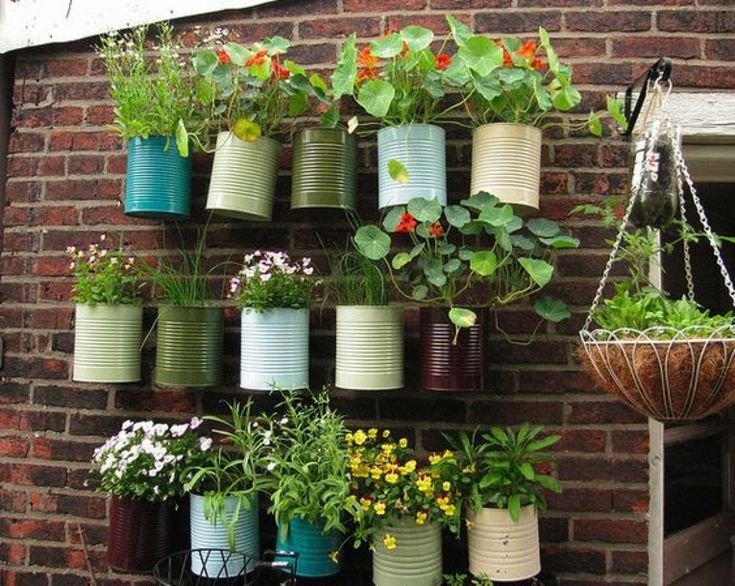
Plant list 24: Snake Plant, Yellow Snapdragon. ( Source: Costa Farms )
You may also love: 16 colorful planters for shade, with plant list for each!
16 colorful planters for shade, with plant list for each!and Beautiful DIY Raised Bed Gardens
Happy planting! See you soon!
12 display and planting tips |
When you purchase through links on our site, we may earn an affiliate commission. Here’s how it works.
(Image credit: Redwood Stone)
Container gardening ideas are the perfect way to make small but powerful changes to your garden.
Planted containers can add instant and easy color to your backyard, to a bare corner, a balcony or a patio, so factor them in to your garden ideas as an important element to include.
Each pot can showcase a single type of plant for a dramatic effect, or a mix of plants to create a seasonal display or longer lasting focal point.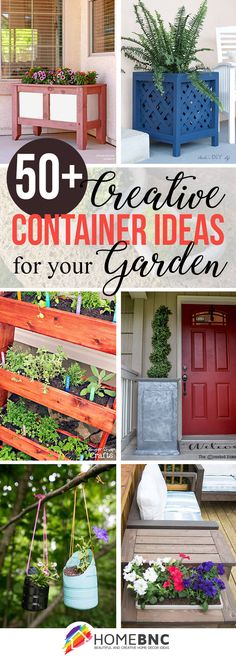 You can grow pretty much anything in a planter with the right compost and feeding regime, and that means you can grow plants with vastly different growing needs, such as those that prefer acidic soil or have special feeding requirements.
You can grow pretty much anything in a planter with the right compost and feeding regime, and that means you can grow plants with vastly different growing needs, such as those that prefer acidic soil or have special feeding requirements.
Container planting is also a solution as a small garden idea, introducing growing opportunities on patios or terraces.
Container gardening ideas – for year round displays
While the type of container or planter box can be ornamental and add depth and elegance to the style of your garden, the stars of the show are usually the plants.
A patio planter can be awash with color and interest right through the summer months planted with a heady mix of flowering annuals and perennials chosen for their flower prowess and the way that they grow, either reaching for the sun, or tumbling over the edges, softening the effect.
But there are also many fall planter ideas to showcase the best fall flowers for pots – these will carry the interest on through the year.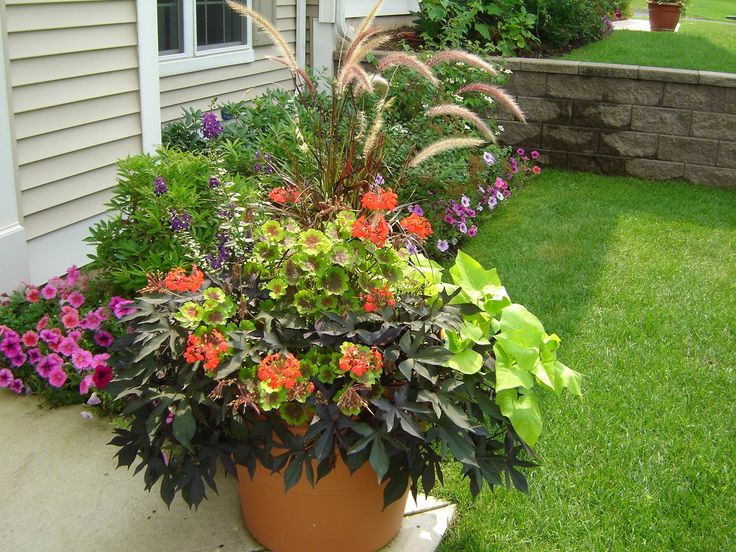 See our guide also on how to plant a winter container.
See our guide also on how to plant a winter container.
There is no set recipe, and while there are some best plants for pots all year round, the world of plants is at your disposal, so indulge your inner flower power and plant for drama, scent and vibrancy.
1. Display a collection of pots and planters
(Image credit: Whichford Pottery)
Most gardeners have an eclectic mix of pots and planters around their garden. For the best effect with container garden ideas, group similar materials and colors of planters together, and arrange in different heights and sizes to create a tiered effect.
If you are buying new containers then think about blending the colors with your home's brick or stonework, the local stone, or your garden color scheme. It helps tie everything together and gives a more established feel to the overall design.
Terracotta is an earthy choice for many gardens. If you are starting out choose planters that you love that you can add to over your gardening journey.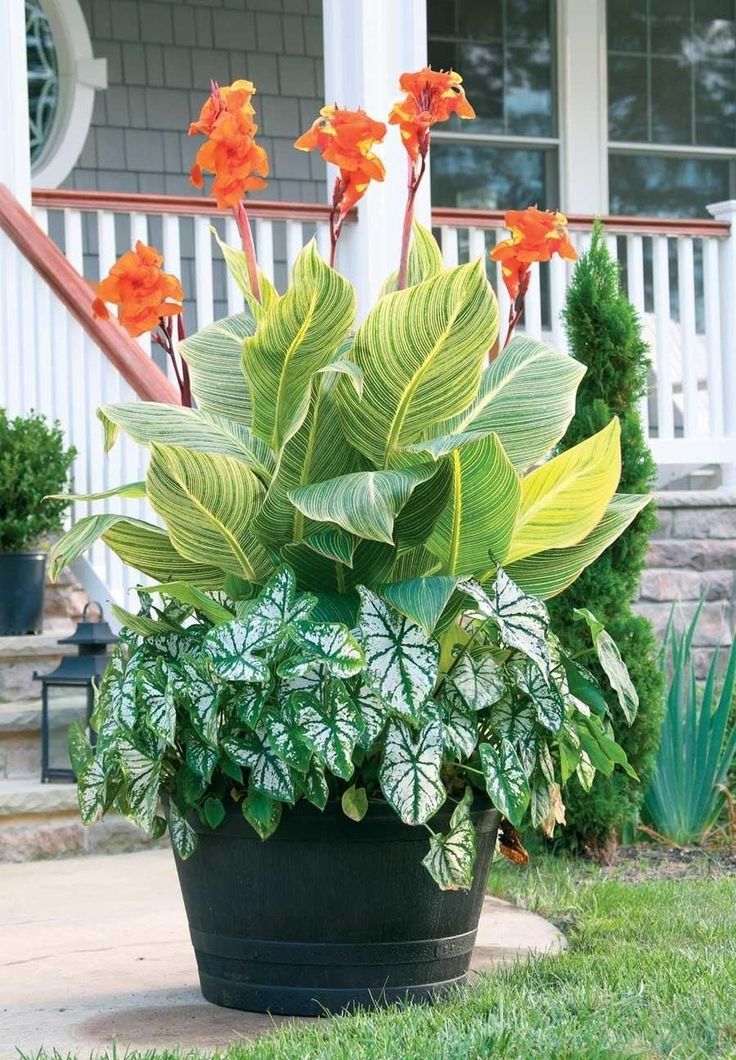
'The great advantage of container planting is that arrangements can be changed or added to, according to a whim, depending on what is looking good, or the season. New pots or plants can find a home among old favourites,' explains Jim Keeling of Whichford Pottery .
2. Include mixed planting in a large container
(Image credit: Future/Nicola Stocken)
Choose a careful combination of plants to create a beautifully balanced display in a large container.
'In any complex planting, be it large or small, we follow the same principles. We divide the choice of plants into three categories to establish the form and structure of the planting,' explains Jim Keeling of Whichford Pottery .
'First, we choose the centerpiece, which must, above all, have height. Then we surround this with a “midriff” of upright plants of medium height. Finally, we choose low-growing or trailing plants to go against the rim, fitting in below the midriff. In this way, we construct a pyramid of plants.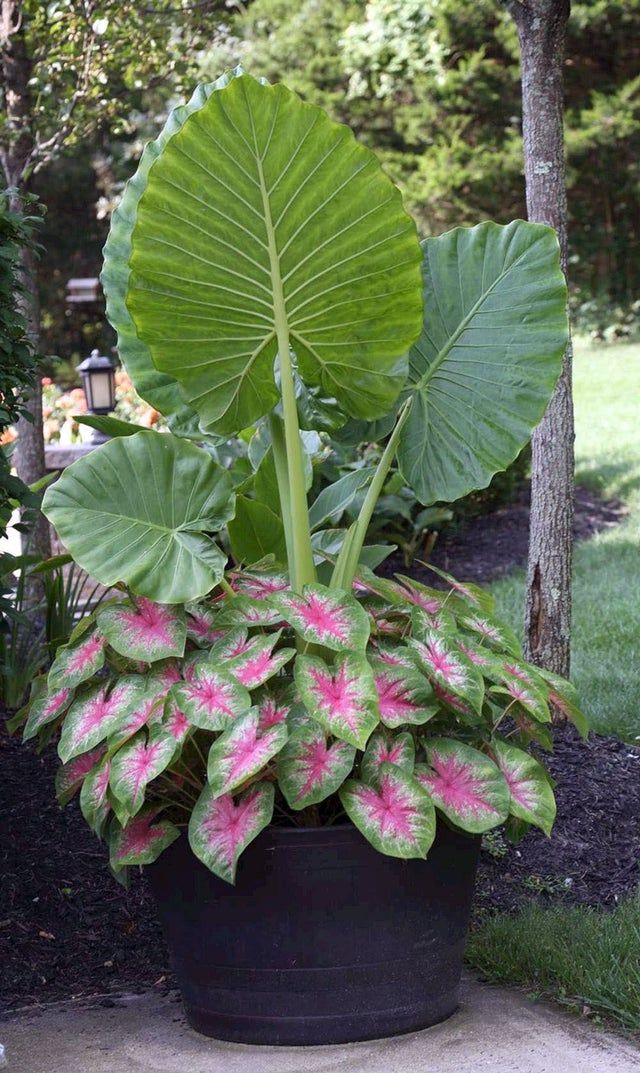 These principles need to be adapted according to the proposed position of the pot; for instance, if we are designing for a spot against a wall, the centrepiece will be put at the back to start with, rather than in the middle,' he continues.
These principles need to be adapted according to the proposed position of the pot; for instance, if we are designing for a spot against a wall, the centrepiece will be put at the back to start with, rather than in the middle,' he continues.
3. Use shelving or steps for a tiered display
(Image credit: Getty Images)
If you have some steps, a wall, or garden shelving, make them into stunning features with clever use of pots and containers.
You can choose a set of the same size and type of pot to display your collection of plants. This is an age-old trick that has evolved from the auricular theatres of the Victorian days, but still looks good today.
You don’t need to spend a fortune: a redundant ladder makes a great tiered display unit. Move the pots around to keep those that are looking their best at eye level.
4. Approach container gardening like interior design
(Image credit: Ali Allen/Jacquie Melville/Nassima Rothaker)
Specializing in small-space gardening and author of Modern Container Gardenin g , Isabelle Palmer of The Balcony Gardener is perfectly positioned to transform small outdoor areas into ‘the fifth room’.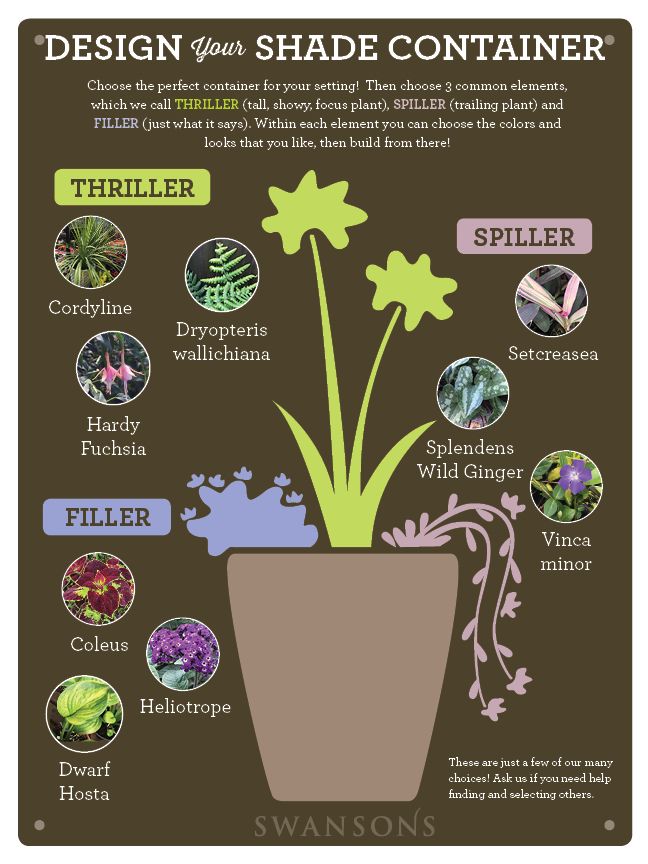
Pots, planters and containers of every size and shape make up the bulk of her garden, one that adapts, changes and is forever evolving.
'I approach designing small garden areas and balcony garden ideas as I would do any other room in the house. There might be a beautiful painting on the wall of a room leading to the outdoor area that will inform the color choices of the plants,' Isabelle explains.
'I think of the garden as the fifth room and make the design fit the aesthetic. The finished space should elongate the home, so interior design is as important as garden design when it comes to small gardens and balconies,' she adds.
5. Plant containers with low maintenance succulents
(Image credit: Future / Andrew Sydenham)
For low maintenance container gardening ideas, a selection of fully hardy succulents create an excellent year round effect in shallow containers.
Choose a variety of houseleeks – sempervivums – and low-growing sedums, opting for foliage in soft shades of green, mauve, pink and purple. Some succulents will also flower, adding a whole new season of interest to the planting.
Some succulents will also flower, adding a whole new season of interest to the planting.
Good drainage, a sunny spot and gritty compost are important for these plants, but they require minimal additional attention, and when you know how to care for succulents in winter, you can maintain them year-round.
‘For a successful planting, start by placing crocks over the container's drainage hole. We prefer to use crocks rather than gravel as gravel can become quickly clogged with repeated watering,’ advises Jim Keeling of Whichford Pottery.
6. Design a container herb garden
(Image credit: Getty Images)
Some of the easiest types of plants to experiment with in pots are herbs. If you only have a tiny garden or balcony, plant two or three herbs that you use in your kitchen in a herb planter. Choose herbs that you love to eat and plant these in pretty pots that will accentuate them.
Growing cilantro, or coriander, basil and parsley in smaller pots works well, and you can harvest them until you have used them up. Shrubby herbs, such as rosemary and sage will need a larger planter because they will grow bigger and live for many years.
Shrubby herbs, such as rosemary and sage will need a larger planter because they will grow bigger and live for many years.
6. Create a 'painterly' effect with containers
(Image credit: Ali Allen/Jacquie Melville/Nassima Rothaker)
'You need order to hold container gardening ideas together, but I like a painterly element, too,' explains Isabelle Palmer.
'There are a lot of similarities between gardening and art as both are about creating a picture. I’ve always loved painting and color is so important to me. How I express it now is in the garden,' she adds.
Consider both the flowers and container colors when creating a painterly look.
7. Pot plants for pollinators
(Image credit: Future / Polly Eltes )
Supporting crucial pollinators, such as bees, is so important, and a few pots filled with flowers that attract bees or butterflies can make a difference.
Choose nectar rich plants that will also look good in your display. In their native land, fuchsias are pollinated by hummingbirds and have rich nectar resources to attract them.
In their native land, fuchsias are pollinated by hummingbirds and have rich nectar resources to attract them.
Plant fuchsias in pots and containers for the longer-tongued Bumblebees that are attracted to these summer beauties. Other nectar rich flowers include borage, echium, lavender and echinacea, which can all be grown in containers.
8. Use container gardening ideas to inspire children
(Image credit: Getty Images)
Use container gardening ideas of simple potting projects to inspire children to enjoy gardening.
'My family have been avid gardeners for generations, so the seed was sown at a young age and I vividly remember my first taste of planting was a strawberry plant,' explains Isabelle Palmer.
'In keeping with the family tradition, I also got my two-year-old her first strawberry plant last summer and she was still talking about it weeks after it had stopped fruiting.'
9. Be flexible with changeable seasonal displays
(Image credit: Brent Darby)
Flexibility is one of the key benefits of container gardening ideas – the fact you can move pots and planters around to highlight plants at their peak.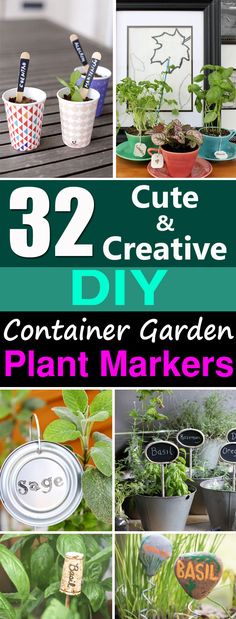
By planting a variety of pots with stunning, seasonal flowers, such as tulips, cannas, dahlias, lilies, or other summer beauties, you can bring them on until they are perfect and then swap them into the display when the previous planters start to flag.
This is a useful trick if you want your garden to constantly look dramatic throughout the seasons.
10. Add drama with potted topiary
(Image credit: Leigh Clapp)
Container gardening ideas are not just about flowers. Foliage plants and evergreens can create fabulous displays, too.
An elegant piece of topiary can become almost statuesque in the garden creating a dramatic focal point. You can use a pair of topiary sculptures to accentuate a doorway, or several potted topiary balls to delineate a staircase or along the edge of a path or garden rill, creating a classic, dramatic effect.
11. Think vertically
(Image credit: Future / Max A Rush)
Use walls, fences and other vertical structures to support pots and planters.
Along with hanging baskets and wall planters, but there are many other vertical planting or living wall ideas – products that allow you to virtually clothe a wall or a garden screen with plants.
Support pots on rings, brackets or even display them over the a balcony or terrace.
12. Accommodate container plants' special needs
(Image credit: Melanie Griffiths)
Some plants have specific requirements in terms of their soil and growing conditions. The beauty of container gardening is you can alleviate all those associated worries.
For example, to get the very best from growing blueberries, they need an acidic soil or compost. You can buy ericaceous compost for acid loving plants and then grow them in containers. Blueberries grow very well in planters and if you choose to grow three blueberry plants you will get better pollination and a bigger harvest.
What plants are good for container gardening?
Almost any plants are good for container gardening ideas.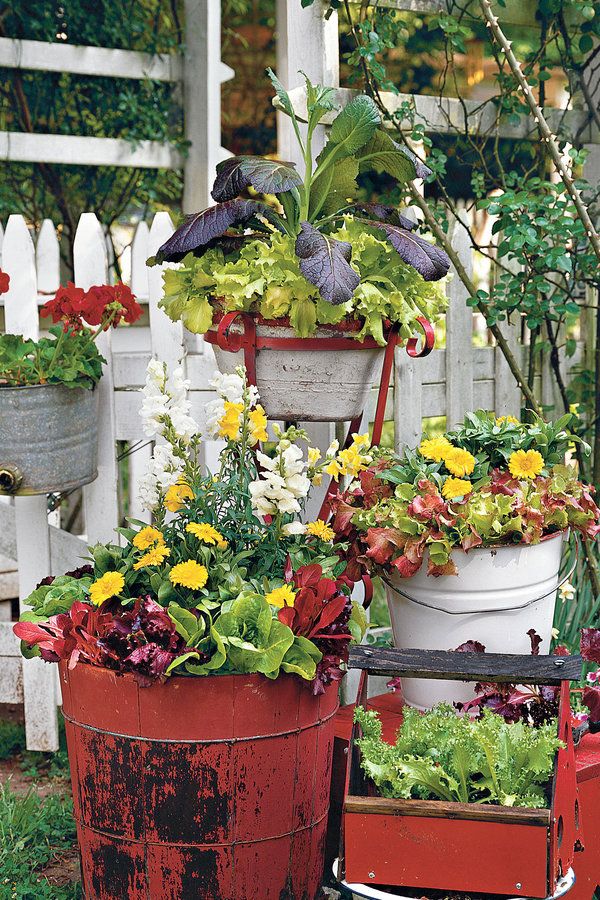 The secret is to choose the right size pots for your plant. For example, trees and shrubs need more room for their root growth and larger planters are ideal. It’s a great chance to grow plants that might not enjoy your garden soil conditions because you can alter the compost that you use in each planter.
The secret is to choose the right size pots for your plant. For example, trees and shrubs need more room for their root growth and larger planters are ideal. It’s a great chance to grow plants that might not enjoy your garden soil conditions because you can alter the compost that you use in each planter.
There is no set recipe of what you can include in your containers. The world of plants is at your disposal, so indulge your inner flower power and plant for drama, scent and vibrancy. If you prefer the softer look, then the tapestry effect is a good aim. Or if you want to boost your summer menus, then plant herbs, salads and even tumbling tomatoes and chilli peppers for vegetable garden container ideas.
How do you layout a container garden?
Use pots and planters to lift a corner or create a focal point to draw your eye towards them and away from a tired area of the yard.
You can place specimen planters as if they were statues or garden ornaments, making them into a feature, or cluster several pots together to create an interesting display.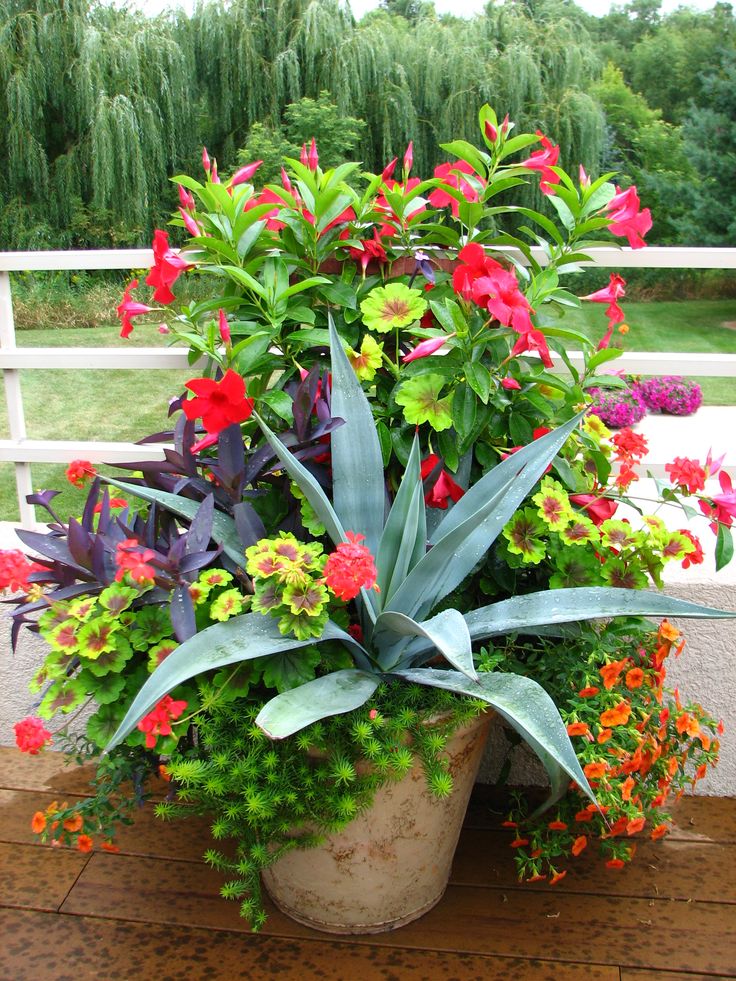 When you have several planters, try to use similar materials or have a color theme. Place the largest planter in the middle and then arrange the other pots and containers around it.
When you have several planters, try to use similar materials or have a color theme. Place the largest planter in the middle and then arrange the other pots and containers around it.
(Image credit: Ali Allen/Jacquie Melville/Nassima Rothaker)
How do you maintain container plants?
One of the essential tasks you need to attend to diligently with container gardening is watering. Pots and containers can dry out quickly, especially in hot and windy weather.
You could choose self-watering pots that hold a reservoir of water to keep the compost moist for longer, or install an automatic watering system. Watering by hand with a watering can will help you observe your plants close up and notice when they need more water. In drought conditions, move your planters out of the sun and group them together to make watering easier.
Container plants are dependent on the food in the compost you have planted them in and need additional food to keep them flowering for longer.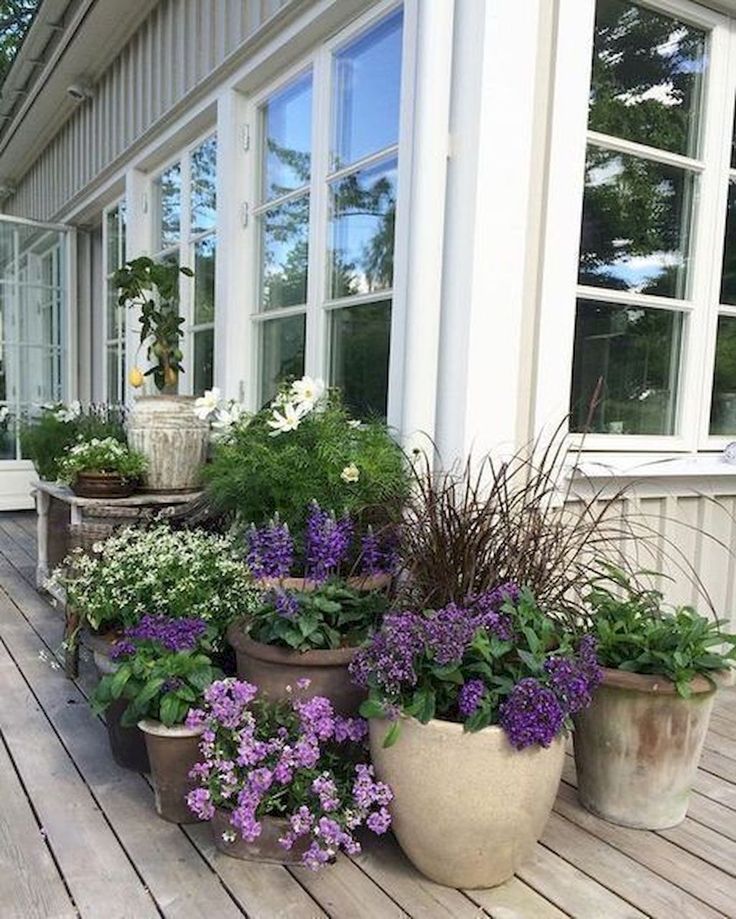
'Compost contains starter nutrients to help your plants settle into their pots during the first four weeks. From then on, for best results, you should feed your plants regularly. Shrubs and climbers need feeding once a fortnight during the growing season, but nutrient hungry plants, such as summer bedding, tomatoes and strawberries should be fed twice a week. High potash feeds are best for flowers, fruits and vegetables,' explains gardening expert Richard Jackson .
Container plants. 40 amazing ideas for the garden
There are many ways to plant greenery in the territory, they are all different and wonderful in their own way. We offer you a simple but effective technique to make the space blooming, fragrant and beautiful - container gardening.
With flower pots, you can easily solve the problem of missing planting meters, which is especially important for small yards and plots. Flowerpots (and in them you can plant both ornamental plants and vegetable and berry bushes, herbs) can radically change the appearance of the patio, steps and facade of the house, highlight recreation areas.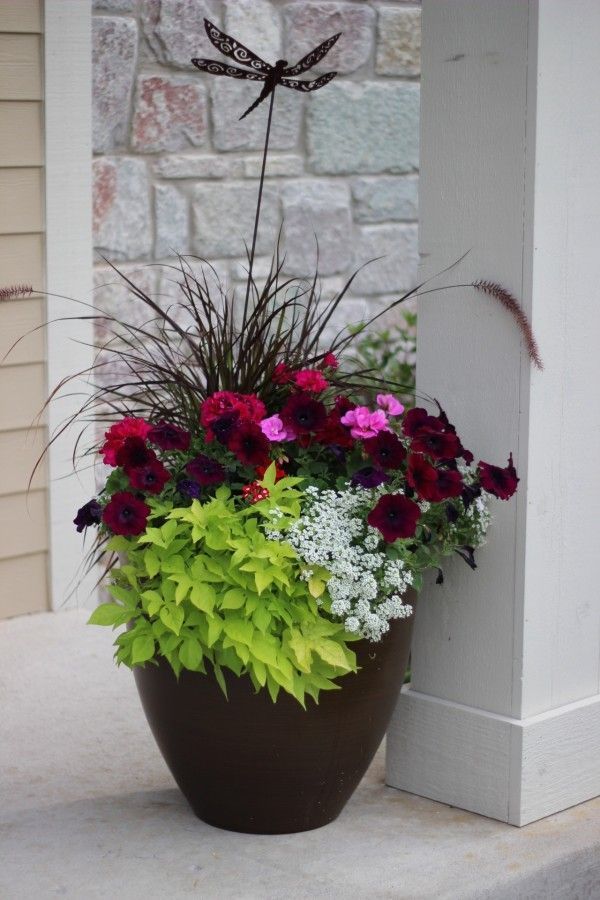 nine0003
nine0003
The style of your home will, of course, influence the choice of flower pots and containers: shape, type, size, colors, materials - all this is worth paying attention to.
For example, massive antique flowerpots made of ceramics or concrete with stucco, forged elements, metal rings and inserts are well suited for a solid private house of large size. But in a Japanese garden, it is better to place an unpretentious flowerpot with a tree with purple foliage or nivaki.
nine0003
Entrance, steps, alleys
When designing the steps, try to arrange flowerpots at an equal distance from each other. Such repeated repetition will visually make the road longer. This optical illusion technique is often used by landscape designers.
Prefer flowerpots in discreet colors similar to natural materials: beige, sand, brown, white, terracotta, black, gray, green. nine0003
nine0003
The entrance to the house is often decorated with a pair of flowerpots on both sides of the door. Perhaps more, but always symmetrical arrangement. They will look great here:
- standard plants
- curly (clematis, roses, tekoma, parthenocissus, hops, ivy)
- ornamental flowering shrubs: hydrangea, forsythia, weigela, budley, cinquefoil
- ornamental foliage: purple barberry, euonymus, variegated holly
- columnar junipers, arborvitae, boxwood
- indoor lemon, orange, laurel
Materials
It is rather difficult to give preference to one or another material, and it is worth choosing the one that suits the style: ceramics, metal, concrete, stone, gabions, plastic, vine, rattan, wood (tubs, barrels, stumps), glass . nine0003
The plants can be planted in ordinary ceramic containers, and then they can be inserted into containers that are suitable in style.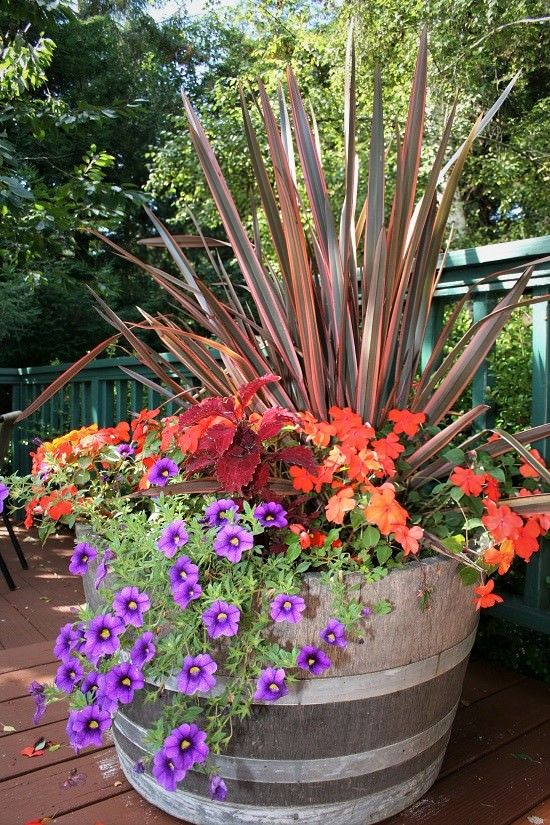
It is important to remember that the container must have drainage and holes to drain excess water. For flowerpots that will stand in sunny places, choose light colors, then the root system of plants will not suffer from overheating.
nine0003
Container garden
As in a regular garden there are many different types and varieties of plants, so in a container garden containers of different types and shapes can be combined. A similar approach can be applied to country and Mediterranean styles.
A garden made up of flowerpots of the same shape or color, but of different sizes, will look stylish and modern.
In a container garden, there is always the option of replacing fading plants with blooming ones, putting fading flower pots in the background, or adding a freshly purchased plant. nine0003
Zoning
Outdoor containers do a good job of zoning the territory: they allow you to place accents in the garden, draw attention to the entrance to the house, designate a recreation area or separate one part of the garden from another.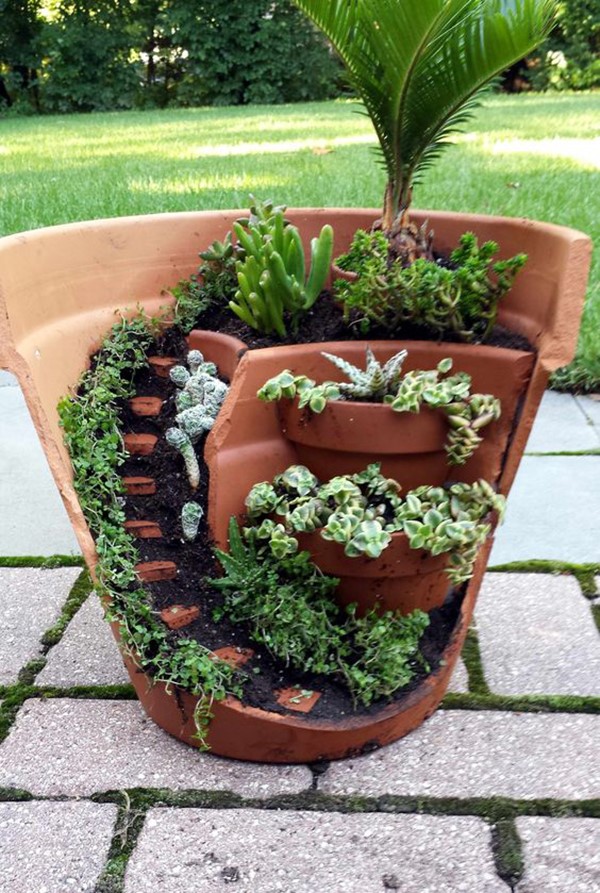
If necessary or just according to your mood, you can easily change the layout of the site by moving the containers to more shady or vice versa, to more sunny places. With the change of season, easily replace flowerpots with faded plants with containers with blooming specimens. nine0003
The advantage of such plantings is that in a container you can always create conditions for growing your favorite plants, if they require a certain soil composition or watering regime.
Mini Pond
Modern style
Unusual flowerpot shapes, unexpected materials and colors - this is how you can see flower containers in a modern style. Do-it-yourself outdoor containers will delight you with their creativity and individuality. nine0003
13 ideas on how to make an unusual flower container with your own hands
Do not rush to get rid of, at first glance, unnecessary things.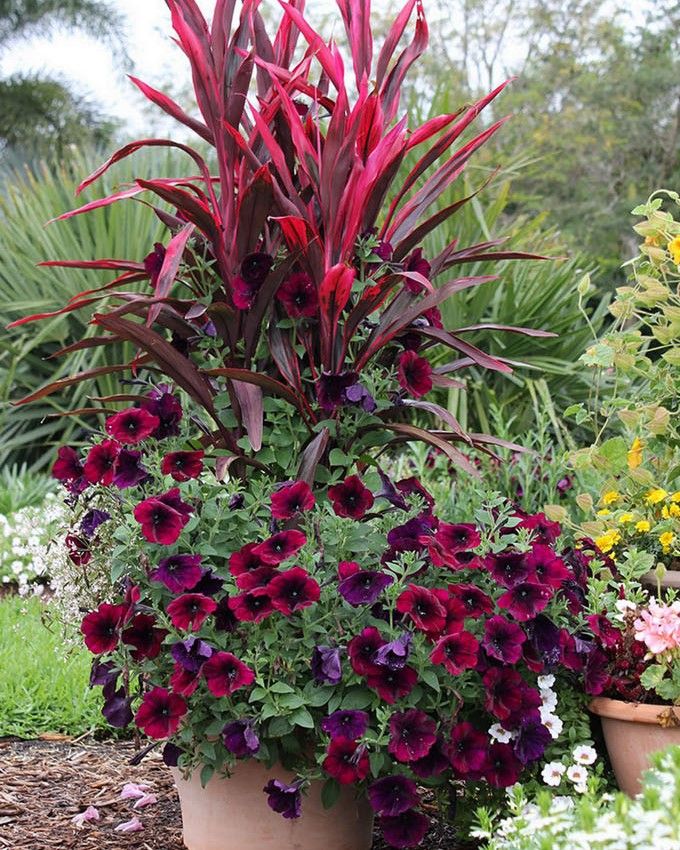 Many of them can easily become an excellent material for making original flower vases that can be used to decorate a garden, veranda or balcony. nine0003
Many of them can easily become an excellent material for making original flower vases that can be used to decorate a garden, veranda or balcony. nine0003
Sometimes for inspiration it is enough just to look around, and now the idea itself comes to mind! Look in a closet, a garage, a kitchen drawer with unnecessary utensils - for sure, among the "trash" there is something from which you can easily make a beautiful "designer" container.
1. Wine stoppers
You have been collecting bottle caps for several years, but still haven't figured out what to make from them? In the meantime, all this "good" only does what it successfully collects dust and takes up space on the shelf. Use corks as a material to create a textured flowerpot. Find a suitable container, glue wine corks on the outside (you can also use small wooden blocks), then paint the flowerpot in your favorite color. Monochromatic "spiky" flowerpots, for example, white or black, look spectacular. nine0003
2.
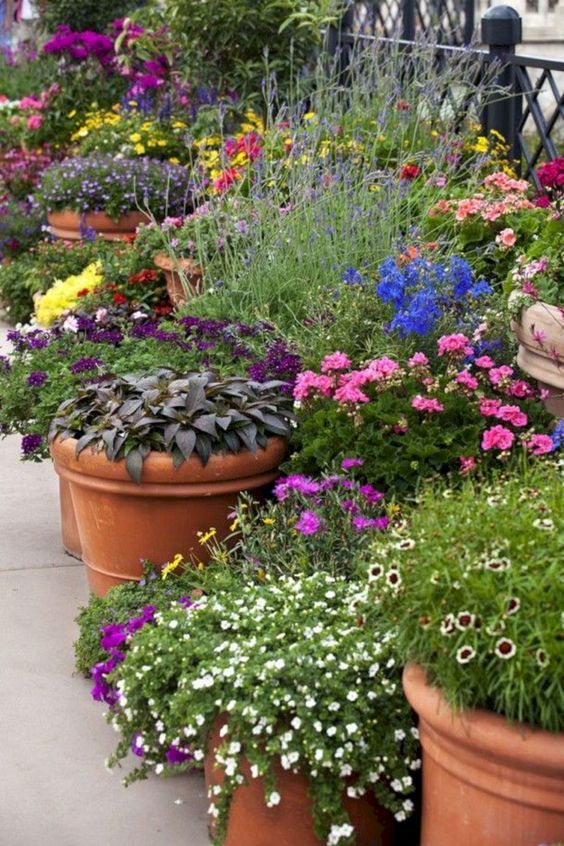 Concrete slabs
Concrete slabs
If you've recently completed your landscaping and garden paths, you probably still have concrete slabs for your path. This strong and durable material will make beautiful minimalist flower containers. Take 5 tiles of the same size and join them together with a special construction adhesive. If desired, you can paint the container in any color, but even without paint it will look original.
3. Concrete blocks
Continuing the topic of concrete, we would like to add that there is an easier way to make a flowerpot using the material left over from construction work, which is probably hiding somewhere in the corner of your yard. As a matter of fact, the composition of concrete containers will look great just in the corner or against the wall of the house. Paint the blocks with spray paint (because it's convenient, and spray paint has a brighter color scheme), arrange the containers however you like, and plant the plants. nine0003
4.
 Cans
Cans
It's really hard to find something as functional and "reusable" as a tin or coffee can! Long proven to be an excellent container for worms (those that are taken with them on a fishing trip), an excellent ashtray and a modest pencil holder, the tin never ceases to amaze and appears before us as a stylish piece of furniture. Slightly bend the jar with a hammer, then paint with golden spray paint. nine0003
5. Glass jars
Do not lag behind tin and their glass counterparts, of which there are plenty on any balcony, mezzanine or in the pantry. Of course, glass jars are useful for preparing blanks from the crop harvested at the site, but why not select a couple of jars for the design of the dacha from the inviolable "glass" stock? Here paint will help you again: choose a color scheme, paint the inside and outside of the jars. You can use a stencil to make a pattern on the flowerpot (see photo above). nine0003
6. Car tires
Yes, yes, those same tired rubber tires are also on our list of flower container ideas. But don't make a face at the mention of these words in a conversation about site design. Here, as in any other case, the main thing is not to "overdo it": paint the tires, but do not make patterns - the "native" wheel texture will be enough. Place such containers in one place, having thought over the composition.
But don't make a face at the mention of these words in a conversation about site design. Here, as in any other case, the main thing is not to "overdo it": paint the tires, but do not make patterns - the "native" wheel texture will be enough. Place such containers in one place, having thought over the composition.
If you are against "tire" design and are going to get rid of old tires, do not in any case burn them, but rather take them to a specialized center for recycling. nine0003
7. Log or log
A garden container can be made not only from a log or a log, but also from a stump, driftwood and other natural wooden materials with an interesting shape. To do this, clean the log you like from debris, carefully remove the core, fill it with earth and plant flowers.
8. Old furniture
Of course, you shouldn't put all the old furniture in the garden, but a nice chest of drawers, a chair or a table with drawers will become a charming decoration if you plant low flowers in them. Before filling the boxes with earth, treat the wooden furniture with a special protective agent. nine0003
9. Waste crockery
Let's say you've already decorated your garden with an old table stylized as a flowerpot (or vice versa, it's up to you!). Why not put some cracked cups from your favorite service on this table? Metal objects also look good: a teapot, a coffee pot, a saucepan. A colander can be used as a hanging planter, pre-painted with paint.
10. Chandelier
An ordinary chandelier looks just as good as a metal colander as a hanging planter. You can’t plant many plants in such a container, but how impressive such a decoration looks! Monochromatic painting will make the chandelier pots brighter and more original. nine0003
11. Paint can
We are back to the banks again - and where without them! This time the container will be larger than in the case of the tin and glass jar. If after painting work you still have cans of paint, add (if necessary) a few "streaks", cut a drainage hole and plant a flower in a flowerpot.

